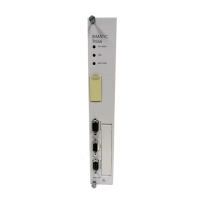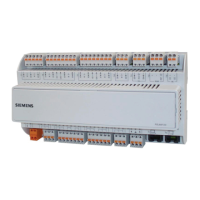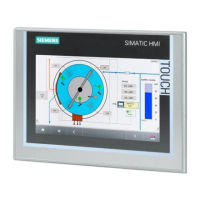Glossary
TIM 1531 IRC
328 Operating Instructions, 02/2018, C79000-G8976-C468-02
Multi Point Interface
MPI is the programming device interface of the SIMATIC S7-300/400. Devices such as the
TIM can communicate with each other via the MPI interface.
See also Partyline.
The MSC transmission protocol is a proprietary protocol on OSI layer 3 for the secure
communication via Ethernet, landline or mobile wireless networks in SINAUT ST7. The MSC
protocol provides an authentication mechanism and simple encryption of data.
The protocol is available in the MSC and MSCsec versions (with cyclic key exchange).
→
MSC
Multi-master polling with time slots
When stations need to communicate with more than one master station in dedicated line or
wireless operation, the multimaster polling with time slots mode is used. Each of the
connected master stations is assigned one or more defined time slots per minute for polling
the stations. The master stations then have their turn to poll in every minute.
A node station is a station located between the master station and stations in the hierarchy
of a telecontrol network. One or more subordinate stations are connected to a node station.
The data traffic between these stations and the master station is handled via the node
station. Direct data exchange between the node station and the subordinate stations is also
possible. Multiple node station levels are possible in a SINAUT network.
Organizational frames are used to execute organizational system functions, for example:
● General requests
● Time-of-day synchronization
● Counted value storage
● Coordinated connection establishment and termination in a dial-up network
● Message indicating station startup and station failure
● Requests for and transmission of subscriber records
